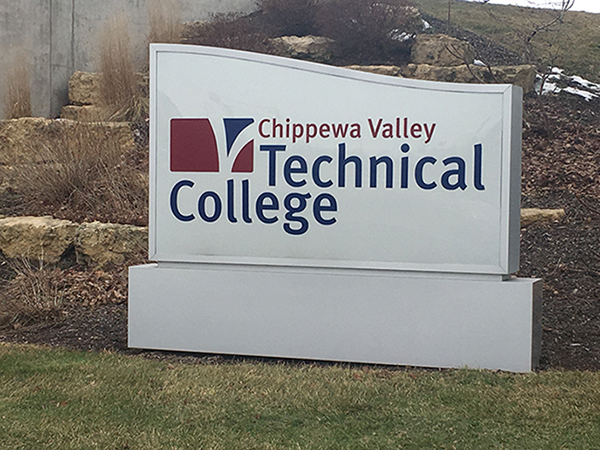The rise of vocational schooling and the reason behind it
Vocational schooling offers students direct jobs after graduation
More stories from Alexandria Martin

Photo by Alexandria Martin
Eau Claire’s Chippewa Valley Technical College is one example of a local vocational school
Education has been a strong component of shaping lives for millions of people around the world. Whether it be a certification in a specific area of study, or earning a four-year bachelor’s degree, one thing is for certain; the received education creates opportunities to fulfill lifelong dreams.
Although many colleges offer a wide variety of degrees from public health to business, not everyone seeks the university lifestyle.
Specifically, vocational schooling is looked at as an outlet for those who wish to earn their training faster, and in a cheaper fashion. Research conducted by the Idaho Department of Labor found that a Bachelor’s degree costs on average $127,000, and the average trade school degree is about $33,000. Through this process, students are able to start working in a specific trade as soon as their certifications are complete.
In our economy, there are a multitude of technical jobs that are not being filled and many companies are not able to find employees to hire that are especially talented in the area. This is called the “Skills Gap.” In fact, over the next decade it’s expected 3.5 million manufacturing jobs will need to be filled with only 1.5 million people with the skills to do it.
Because a multitude of in-demand jobs, such as healthcare, engineering, computer science and manufacturing are hiring in abundance for those who have degrees in these fields, vocational schooling can be looked at as a solution to help students head into the workforce faster with the right training needed.
Governor Scott Walker, an advocate for education reform’s proposal, will raise funding for the Wisconsin Technical College System by 10 million dollars for the years of 2017-19, with a freeze on tuition. He is also planning to fund new grants for job training programs.
Walker visited Chippewa Valley Technical College to announce this plan to invest into each student’s education, which should save each $279.
“In this budget, we plan to invest more in public education than at any time in the history of the state of Wisconsin. We want to make sure all of our students have every advantage,” Walker said.
Because of the skills gap and Walker’s proposal to invest into secondary education, technical learning will continue to improve. Many students want to head into the workforce as soon as can be, and vocational schooling is another method of doing so.
Also, the skills gap provides a new way for students to not only get a job right out of college, but to lessen the string of jobs left open with no one certified to fill them. Most of these jobs are based on degrees one can earn at a technical institution.
As I continue seeing the educational field change, I believe many students are going to see technical schooling as a positive career option for themselves.
